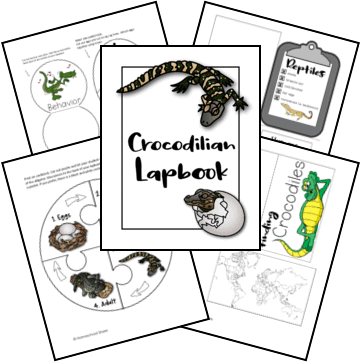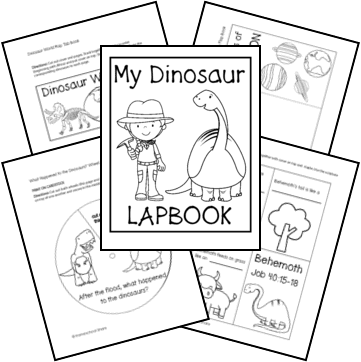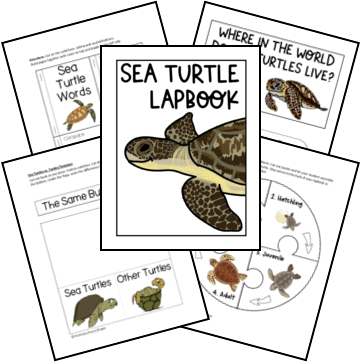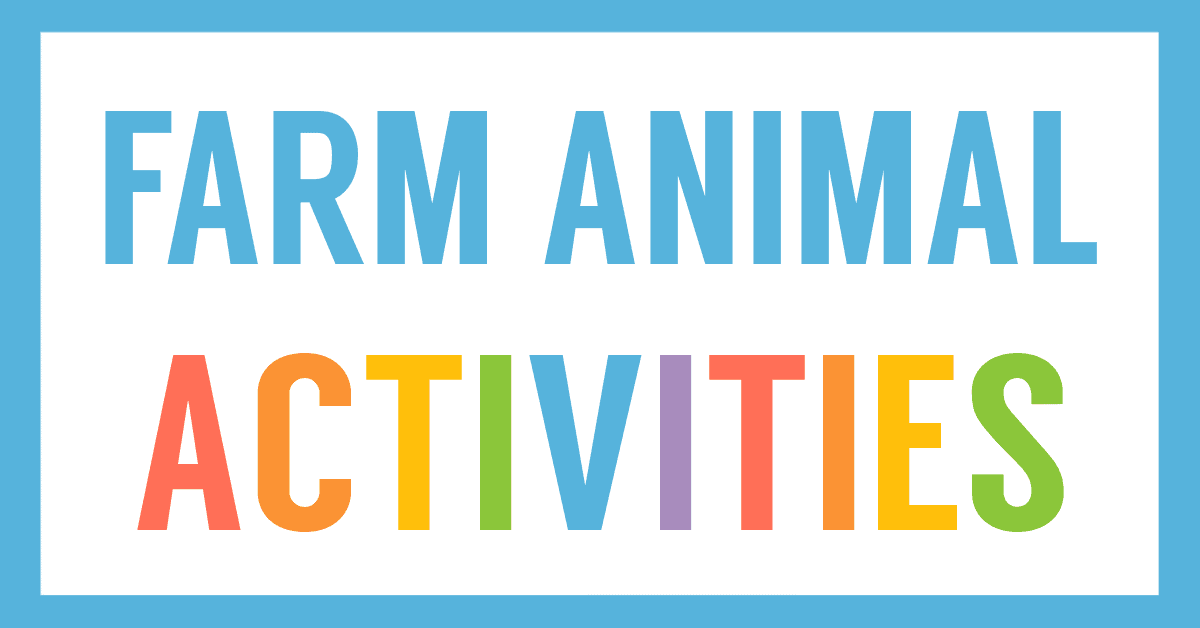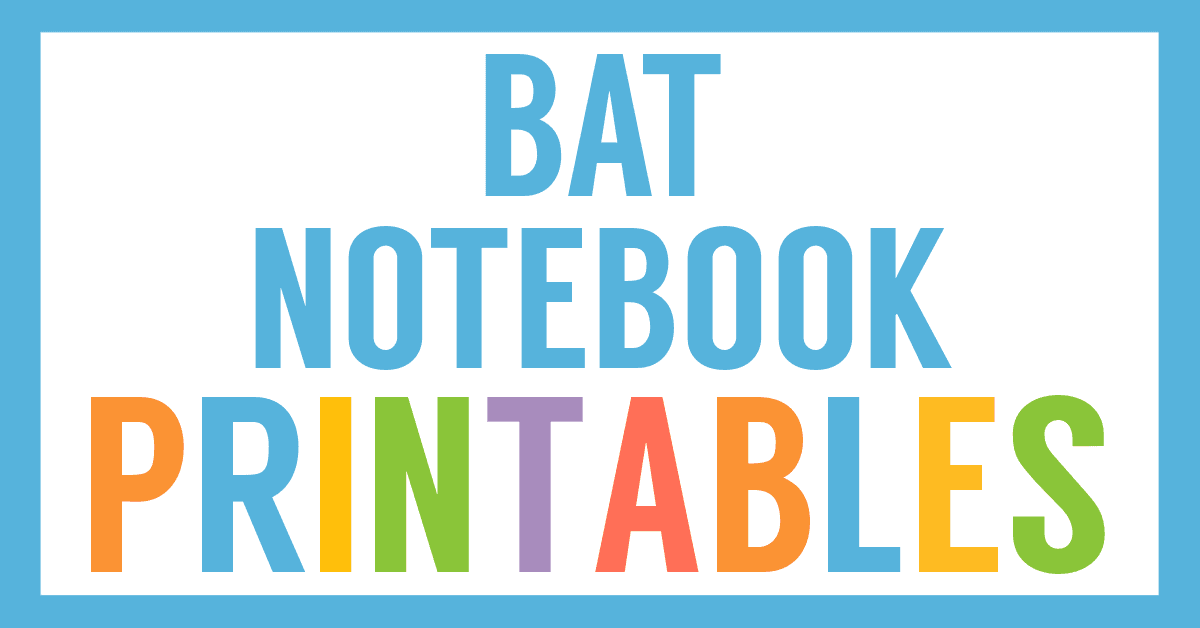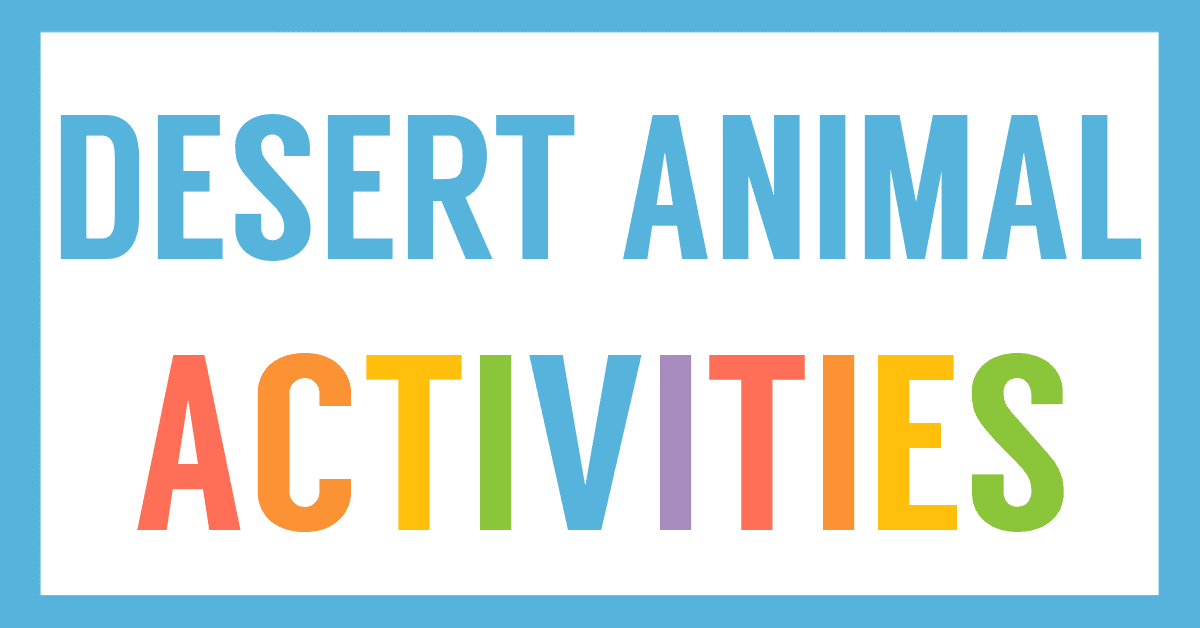Affiliate Disclaimer
We sometimes use affiliate links in our content. This won’t cost you anything, but it helps us to keep the site running. Thanks for your support.
What do iguanas, chameleons, geckos, and Komodo dragons have in common? Find out with our Lizards Lapbook!
Thanks to Dori Oakes, Wende, and Celia for teaming up with me to create this Lizards Lapbook.
Lizard Lapbook Lessons
Here are some sample lessons from the lapbook:
What Is a Lizard?
Lizards are living creatures. We know this because they pass the seven things test: they eat, breathe, move, grow, reproduce, respond to stimuli, and excrete waste.
They are creatures from the Animal Kingdom and the phylum of Chordata, which means they are vertebrates having a backbone. A lizard is a reptile; it is a relative of snakes, alligators, crocodiles, tortoises, and turtles. Lizards and all other reptiles are cold-blooded meaning that they can’t regulate their body temperature internally and completely dependent on external forces for heat. Although they have an average body temperature that is about 42 degrees Fahrenheit, they may be much colder in the winter and warmer in the summer lying on a hot rock in the sun.
Lizards have a smooth, shiny appearance so they sometimes can appear slimy or slippery, but their hairless skin is actually very dry due to a lack of pores to excrete water and oils. They have smooth scales that help them to keep moist even in a hot biome like deserts. Other characteristics of reptiles include breathing with lungs, and they are oviparous (most lay eggs, but not all do).
Lizard Defenses
Animals are equipped with different methods to defend and protect themselves. Lizards are no exception, and use these various methods:
- Camouflage Sharp spines that hurt a predator’s mouth
- Slippery scales make them hard to grip
- Use their tales to beat off attackers
- Skinks and geckos can lose their tails and escape with their lives
To access all of the lessons in this Lizards Lapbook, subscribe to Homeschool Share’s email list using the form in this post.
Lizard Lapbook Printables
In addition to the research lessons, the file includes these mini-books for your student to create a Lizard Lapbook:
- My Book of Lizard Words
- Lizard Skin Matchbook
- Lizard Defenses Matchbook
- Lizard Senses Side by Side Book
- Lizard Classification Flap Book
- Reptile 3/4 Book
- Komodo Dragons Envelope Book
- Lizard Family Tab Book
- Leaping Lizards! Simple Fold Books
- Lizard Diets File Folder
- Lizard Map Simple Fold Book
- Lizard Book Log
- Salamanders vs. Lizards Venn Diagram Flap Book
- Komodo Dragon Coloring Page
How to Get Started with Your Lapbook
Follow these simple instructions to get started with the Lizards Lapbook.
- If you want, go to your local library and check out books about lizards.
- Print the Lizards Lapbook.
- Choose and prepare the mini-books you want to use with your student.
- Enjoy a week of reading and learning all about lizards.
Download Your Free Lizards Lapbook
Use the form below to subscribe to the newsletter. Once you confirm, you’ll receive an email with the link to the lapbook. If you are already confirmed, simply enter your name and email address below, and you will receive an email with the link.
Learn More About Reptiles with These Lapbooks
If you are looking for more animal studies, try our Animal Lapbooks page.
Grab our Crocodilian Lapbook to learn about alligators and crocodiles.
Take a trip back in time and learn about dinosaurs.
Dive into the ocean and learn about sea turtles.

